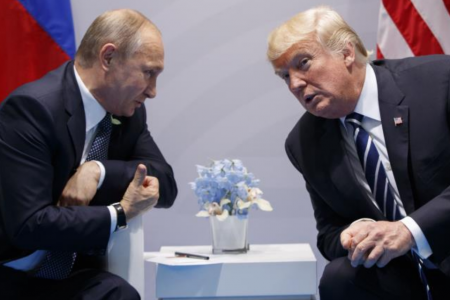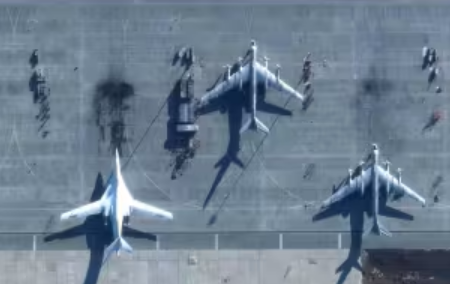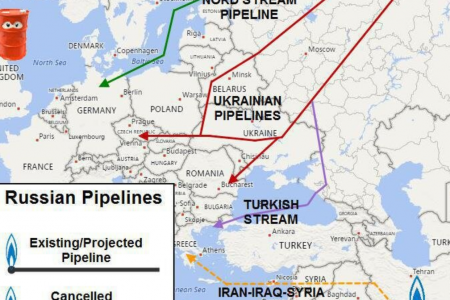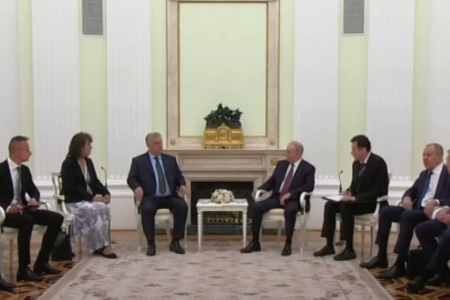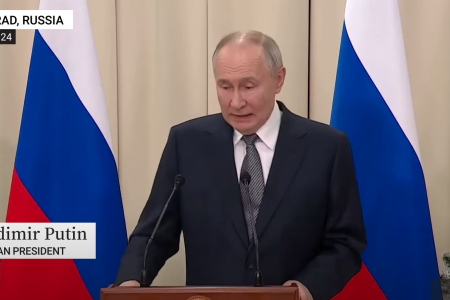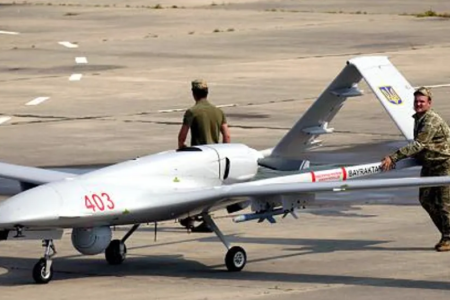Vietnam has just selected the Israeli company Controp as a supplier of surveillance systems for the new ships of its Coast Guard, Israel’s media cited the information from Controp on Sept 11.
Control is a manufacturer specializing in photoelectric and surveillance systems. This company has become an active supplier to Vietnam in the past few years as Vietnam began to invest in upgrading weapons and military equipment amid growing tensions in the South China Sea (Vietnamese call it the East Sea)
The latest Vietnamese contract with the Israeli company is the iSea-25HD surveillance system, a simpler version of the iSea30 and iSea50 suites, the news said. The system is housed in a single unit for medium sized boats.
There will be 12 ships of the Vietnam Coast Guard equipped with the new system, of which 7 are built by Vietnam’s Hong Ha Shipyard and the rest will be built by L&T factory in India.
Controp’s Senior Asia Marketing Director, Dror Harari, said the iSea-25HD surveillance system was developed over the past 2.5 years, with a full day and night camera system, and visual view ( LOS) continuous, uninterrupted, clear image even in harsh sea conditions such as fog, high humidity, splash water …, allowing boats to detect small objects and ships fish at distances up to 10 km and spot larger ships up to 20 km. This 13 kg device is also equipped with a laser search engine.
“This is the first time we have sold this version to Vietnamese,” Mr. Harari was quoted as saying, Defense News, adding the new surveillance systems will be delivered to Vietnam after a few months.
Since Vietnam implemented its military modernization policy, Israel is becoming the second largest arms supplier to the Vietnamese military, behind only its traditional partner, Russia, according to the International Peace Research Institute. Stockholm (SIPRI).
In contrast, at billions of dollars in the purchase of modern weapons from Israel, Vietnam also became the largest customer of the Israeli defense industry in Southeast Asia.
The International Peace Research Institute says the bilateral defense cooperation relationship between Vietnam and Israel is not merely the purchase and sale of weapons but also develops in-depth through military cooperation programs for modern weapon manufacturing and technology transfer.
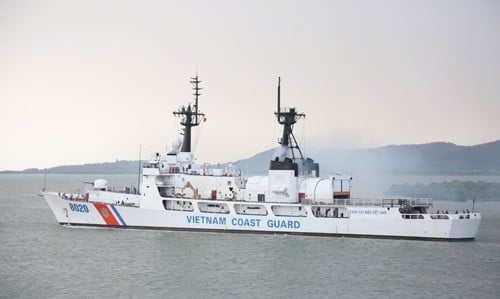
The US provided more than $160 million in aid to Vietnam in the field of military security, including two coastguard ships worth $58 million, and Washington sold more than $182 million worth of military equipment to Hanoi, according to a report of the US State Department.
A statement dated July 27 by the US State Department said that in recent years, “US-Vietnam defense and security cooperation has increased rapidly,” especially in the period 2017-2020, after US President Donald Trump and his Vietnamese counterpart Tran Dai Quang establish a shared vision of a free and open Indo-Pacific. Specifically, the two sides approved the 3-year National Defense Cooperation Action Plan for the period 2018-2020.
The US State Department said that in the fiscal year 2016-2019, Vietnam received more than $150 million in security assistance money from the Foreign Military Funding Program (FMF). Of this amount, more than $58 million was devoted to supporting the delivery of two Hamilton-class large patrol boats to the Vietnam Coast Guard: the USCGC Morgenthau, delivered at the end of 2017 and the USCGC John Midgett is scheduled for delivery by the end of 2020.
The FMF program also supports Vietnam 24 Metal Shark high-speed patrol boats, of which the last 6 were handed over in May 2020.
Also in the FMF program, Vietnam also received $5 million in fiscal year 2018 through the Indo-Pacific Strategy (IPS) program, which helps improve training capacity for patrol aircraft. sea, unmanned aircraft systems, coastal radar …
In the fiscal year 2016-2020, Vietnam received $20 million from the FMF program through the US Department of State’s Maritime Security Initiative (SamI), and $10 million through the Cargo Security Initiative Indo-Pacific by the US Department of Defense.
In addition, the US sold to Vietnam more than $182 of defense and security weapons in the fiscal years 2015-2019, of which $52.86 million of defense equipment was sold through the Sales program Direct Trade (DCS) and $130 million in military equipment through the Foreign Military Sales (FMS) program.
The statement of the US State Department said that the three main items of weapons equipment that Vietnam purchased from the US through the DCS program were: fire control, laser, image and navigation equipment (USML Category XII); military electronics (Category XI); gas turbine engines and related equipment (Category XIX).
The Vietnam air defense has received the SPYDER anti-aircraft missile complexes – the quintessence of the Israeli defense industry.

According to the Stockholm International Peace Research Institute, Vietnam has signed a contract to order a total of 5 missile complexes of this type from Israel, the first systems have been delivered by the seller.
It is known that the SPYDER anti-aircraft missile has been fired by Vietnam, tested, accepted and put into service as a training and combat ready mission.
The SPYDER missile combines TG’s leading modern technology pieces in the command information system – management of the use of weapons and technical equipment – Intelligence processing (C4I), target reconnaissance weapons systems Advanced airway and missile ammunition featuring superior tactical techniques.
In particular, SPYDER has the ability to operate in the form of central network air defense, has high self-propelled maneuverability, can aim at multiple targets at the same time.
Vietnam’s Scud tactical ballistic missile system was launched at the 75th anniversary of the establishment of the Vietnam People’s Army and the 30th anniversary of the National National Defense Day in Hanoi.
The VietNamNet’s report released on January 6 said that although it has been in service for a long time, this is the first time the Scud ballistic missile system has been publicly launched in Vietnam on December 23, 2019.
According to data from the Stockhom Institute for Peace and International Studies, Vietnam received a number of mobile launchers and dozens of Scud-B bullets in 1981. Scud was exported by the Soviet Union to its allies around the world.
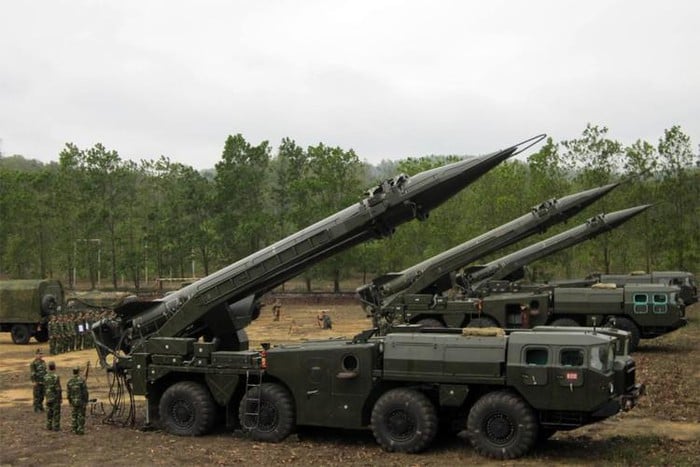
The original missile was named R-11 (for the first version) and R-17 (later changed to R-300) Elbrus (later version). However, the whole world is still accustomed to the name Scud given by NATO for this missile.
According to the Stockhom Research Institute, in 1998 Vietnam bought from North Korea dozens of Hwasong-6 short-range ballistic missiles (Mars 6), a replicated version based on the Scud-C prototype, with a shoot up to 600km.
With its simplicity, high reliability and low cost, the R-17 has appeared in the arsenals of more than 30 countries and built everywhere under Russian license or simply copied. The R-17 was tested in 1957 after two years of development to replace the first generation R-11 tactical nuclear missile of the Soviet Union.
In March last year, Stockhom Research Institute released a report on international arms transactions, which stated that Vietnam was among the top 10 countries that buy the most military equipment in the world.
In recent years, more than 80% of Vietnam’s military orders are from Russia. Vietnam uses the expenses to modernize capabilities – especially its fleets of submarines and warships.
Since President Barack Obama lifted the embargo on the sale of lethal weapons to Vietnam, Hanoi has had contracts to buy military equipment with the US worth up to $94.7 million, according to the US State Department.
The number of Scud missiles B and C versions are considered one of the powerful weapons of the Vietnamese artillery force today. According to the Security Capital of Vietnam, up to now, Vietnam is the first and only army in Southeast Asia to have the Scud tactical ballistic missile in service.
Vietnam in the past decade has sharply increased defense spending in order to modernize its military in the context of China constantly expanding its power in the region. SIPRI data shows that Vietnam’s defense spending increased from $1.3 billion in 2006 to $5.5 billion in 2018, with an increase of more than 320%.
In response to China’s increasingly aggressive actions in the South China Sea, Vietnam spent $5.1 billion on the defense in 2019, of which 32.5% was spent on military equipment purchases. Vietnam’s defense budget is expected to grow annually by about 9.43% between 2020-2024, to reach $7.9 billion by 2024. However, force correlations are clearly in favor of China, with a defense budget of $228 billion.
In addition, the number of soldiers between the two countries is also different: Vietnam has about 482,000 permanent soldiers, while China has nearly 2.3 million troops. Many other data also showed the difference: Vietnam has 2,575 tanks compared with 13,050 units of China; 6 submarines compared with 76; 64 warships of all kinds compared to 714 ships, of which Vietnam has no aircraft carriers nor destroyers.
Thoibao.de (Translated)








